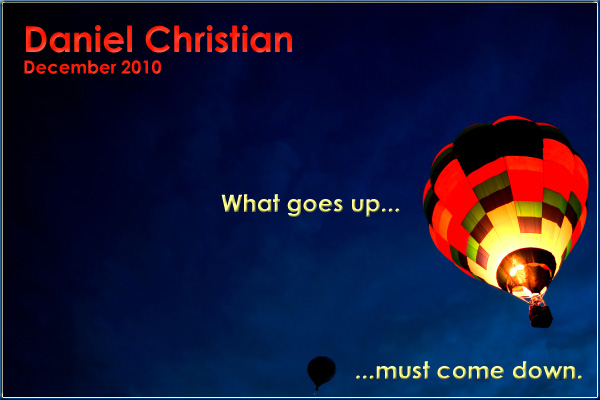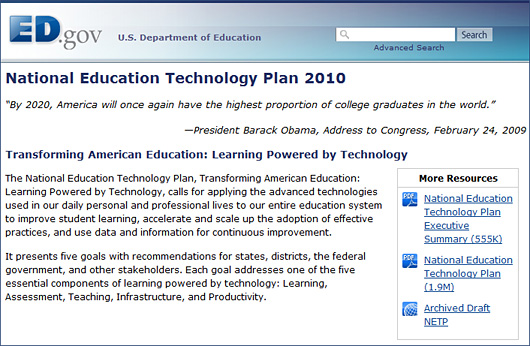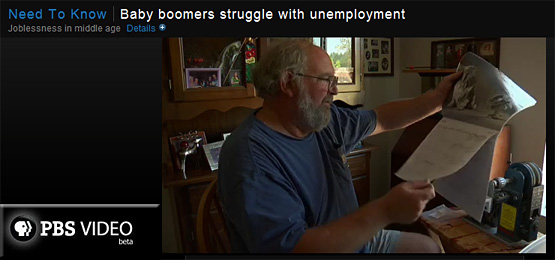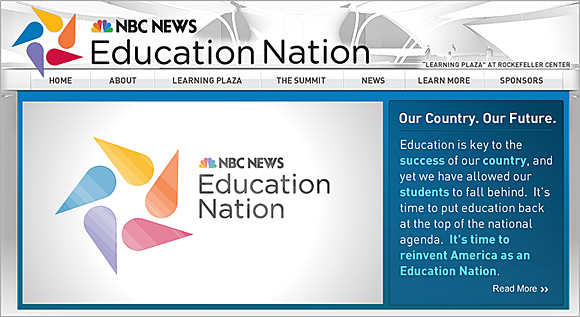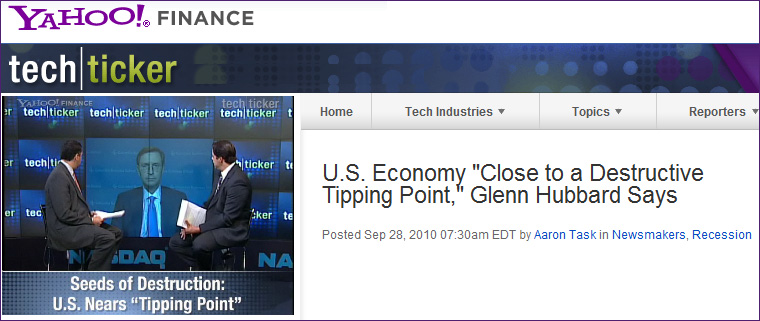Abstract
A perfect storm has been building within higher education. Numerous, powerful forces have been converging that either already are or soon will be impacting the way higher education is offered and experienced. This paper focuses on one of those forces – the increasing price tag of obtaining a degree within higher education. It will seek to show that what goes up…must come down. Some less expensive alternatives are already here today; but the most significant changes and market “corrections” appear to be right around the corner. That is, higher education is a bubble about to burst.
What will universities of the future be like? — from bbc.co.uk by Hannah Richardson BBC News education reporter
It’s the end of your shift, you dash for the train and switch on your mobile phone as you find yourself a seat.
You log into your degree course learning zone and discover you’ve been set a tough assignment. You download some key text books from the online university library and begin swotting.
While fellow commuters bury their heads in the Metro, you get some tips from course mates through an online forum.
By the time you reach your stop you have tapped out an essay plan on your smartphone.
Is this the university experience of the future? For an increasing number of students it’s happening now.
And with the cost of university set to rise considerably, many more are likely to study for their degrees in cheaper, more flexible ways – perhaps through digitally-based distance learning providers.
‘Mortgage-sized debts’
This is the view of the vice-chancellors’ body, Universities UK, which warns that as public funding contracts, the traditional residential university experience could become the preserve of an elite.
What it will really mean to “put children first”– Reflections on NBC’s Education Nation — from HuffingtonPost.com by Ellen Galinsky
Many of this nation’s movers and shakers in education gathered this last week of September in New York City for two days of discussion at a unique event convened and broadcast by NBC News. The purpose of calling upon these thought leaders–including the President, the Secretary of Education, select members of Congress, mayors, superintendents of schools, union leaders, academics, reformers, teachers, parents, and students–was to profile the problems in education and spotlight what works.
In many ways, this gathering was more coherent than I expected. I came to think of it as a song with many verses, but one recurring refrain. That refrain was that the U.S. has dropped to number 25 in educational achievement in the world. Yes, the U.S. is now Number 25! And despite increasing per pupil expenditure, and despite the No Child Left Behind Act, achievement scores in the United States have remained flat.
From DSC:
I took a class from Professor Hubbard back in the day at NU…and from Charlie Calomiris (hello to you both if you’re out there and ever see this posting!) Here’s the prof years later…
— originally from DeansTalk.net
Price of attendance and degrees conferred (PDF) — from The National Center for Education Statistics via Academic Impressions
The National Center for Education Statistics has issued this report detailing trends in enrollment, tuition increases, and degrees conferred, based on IPEDS data.










